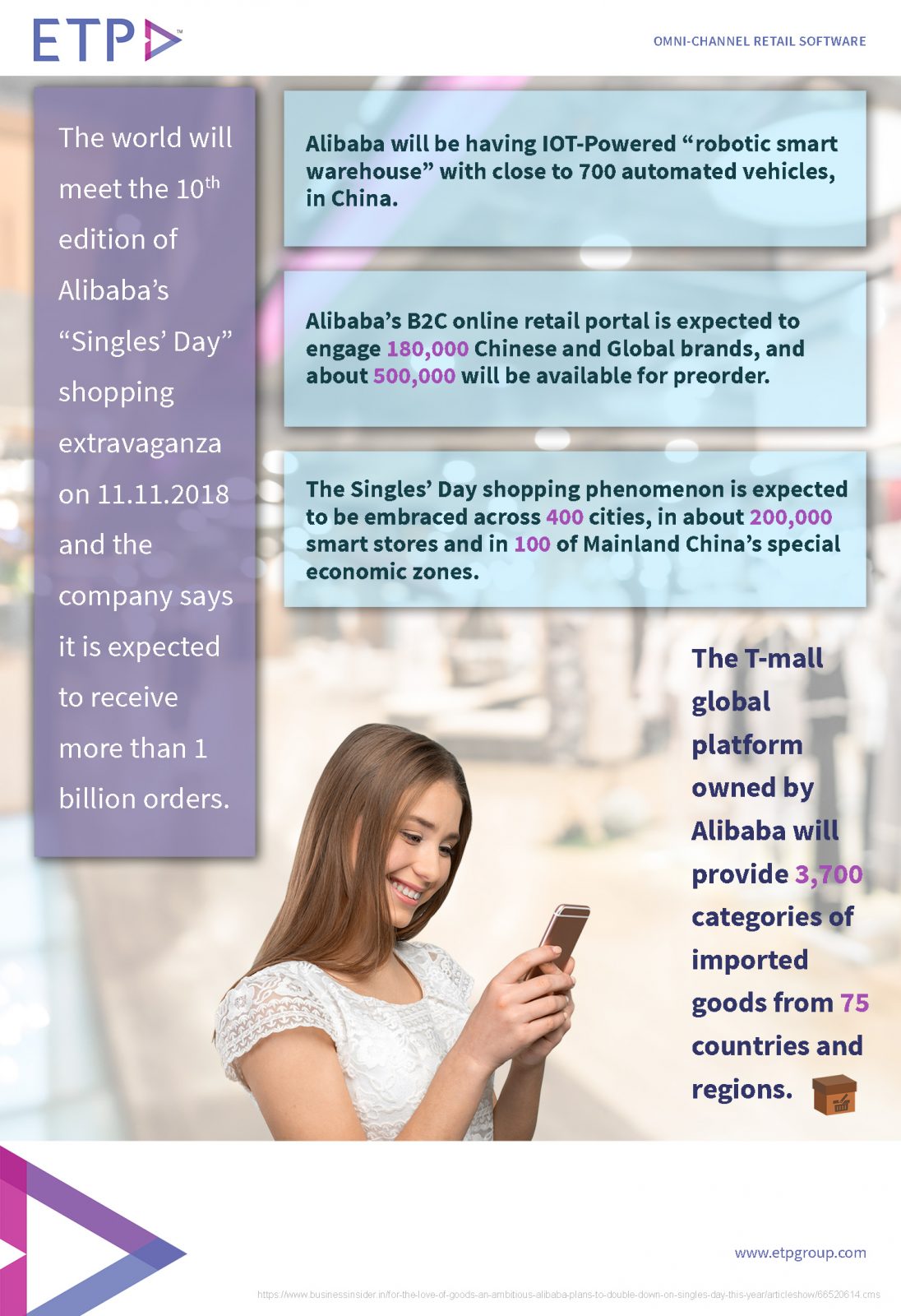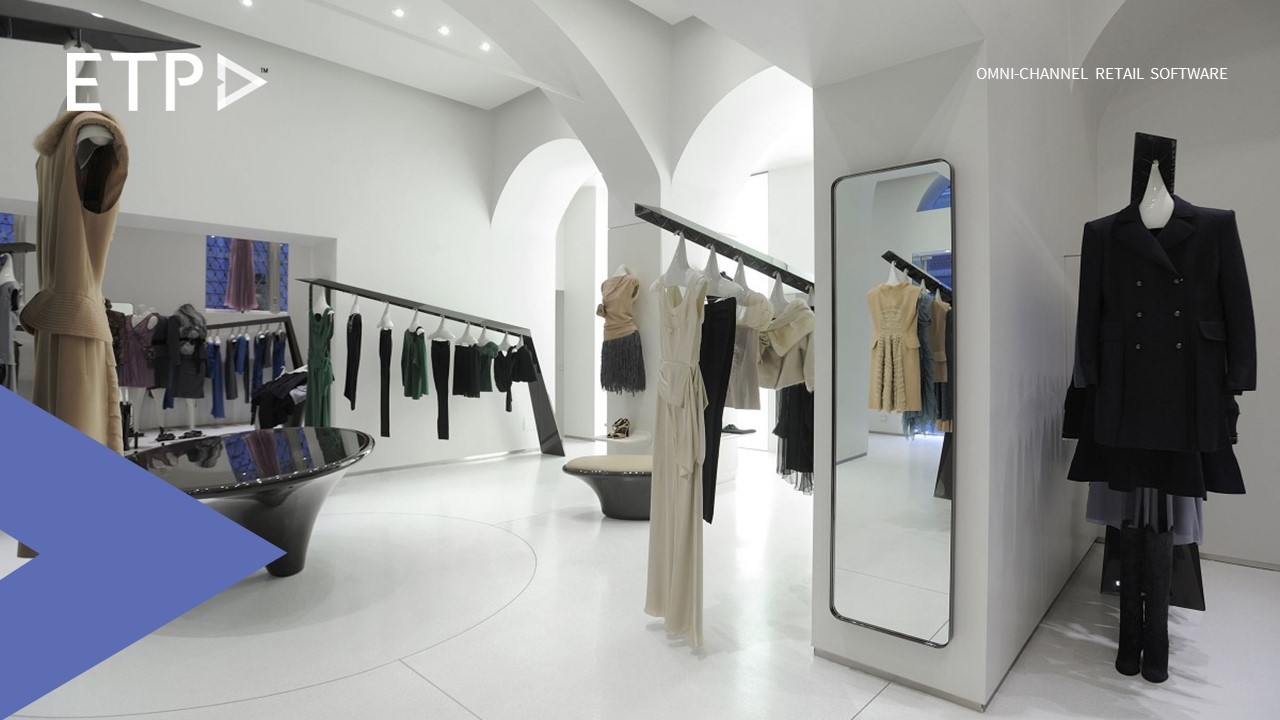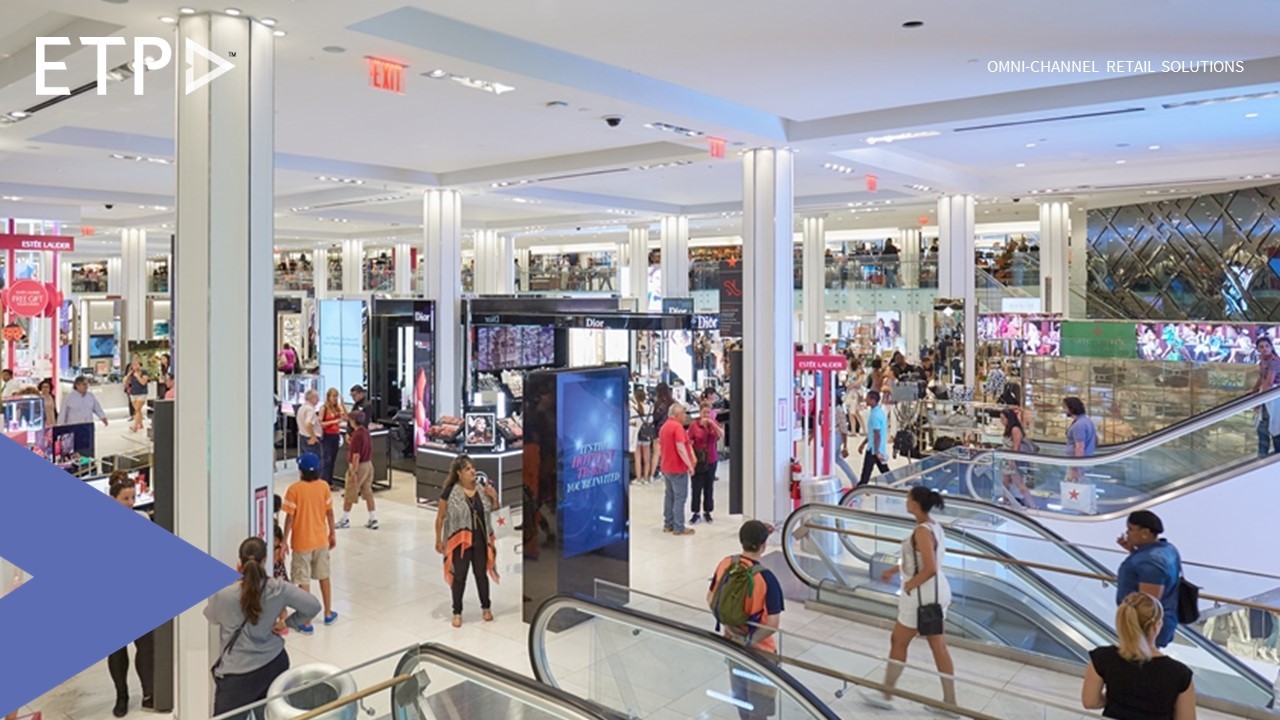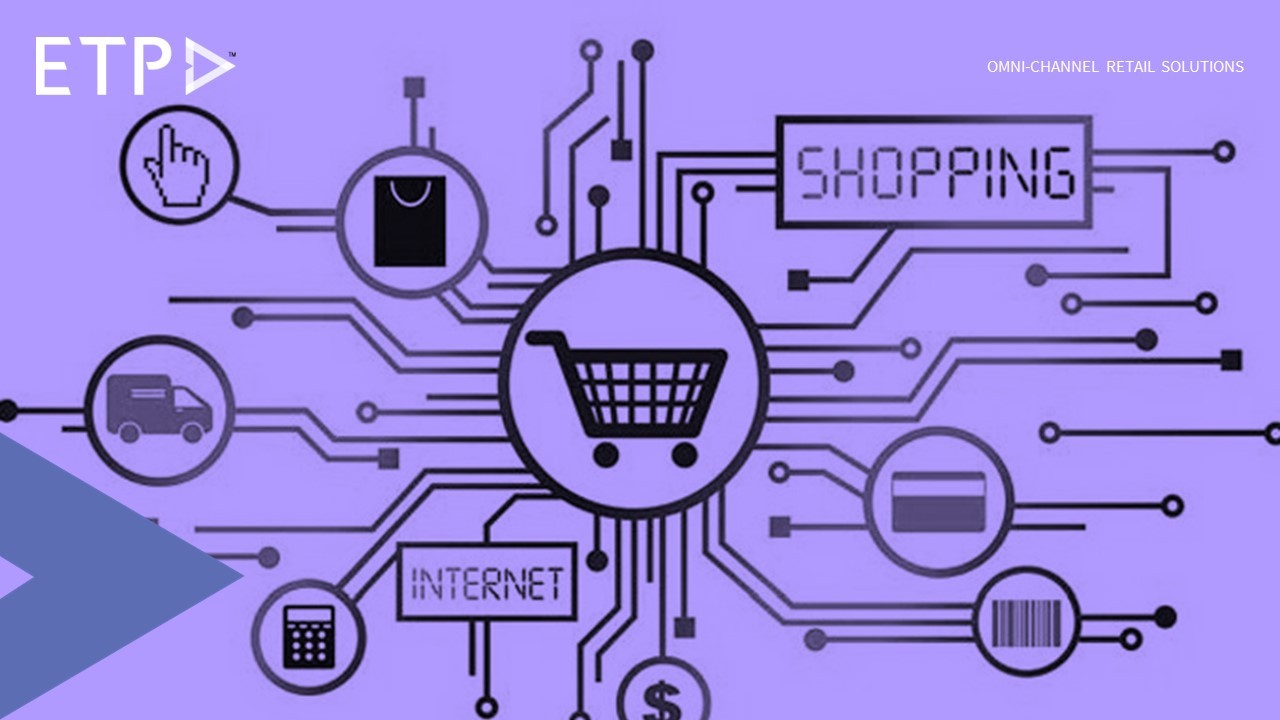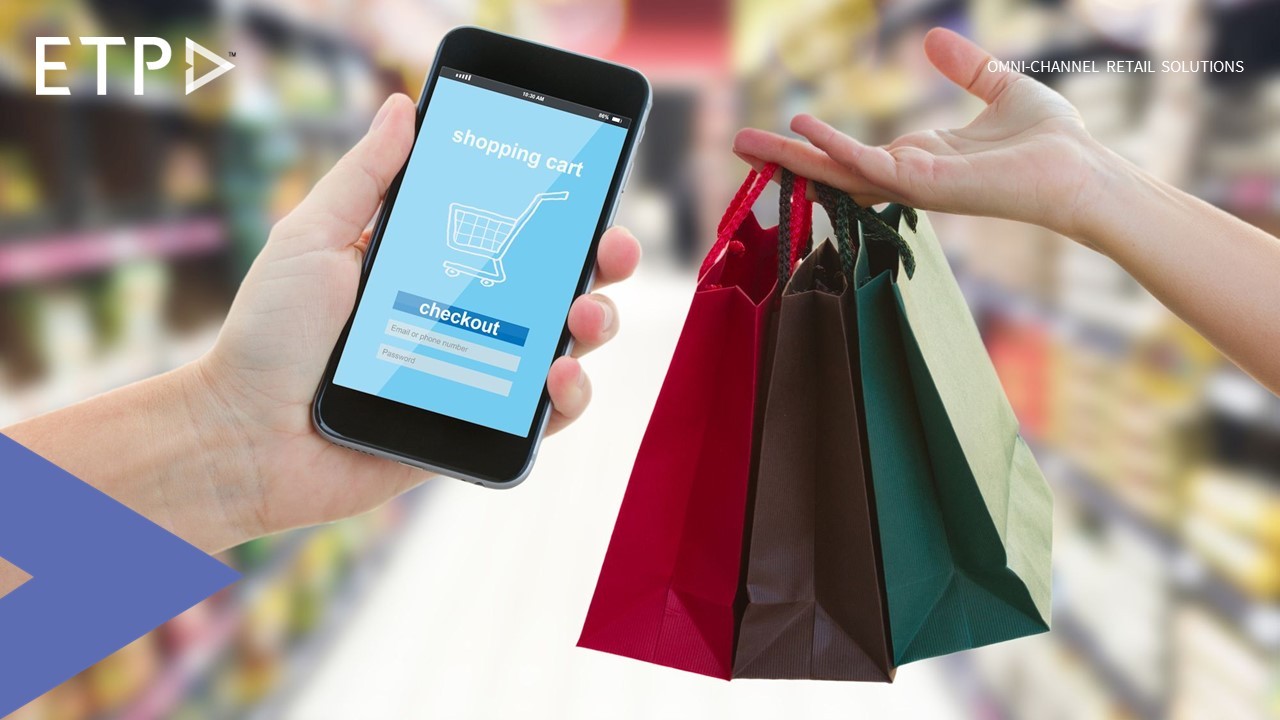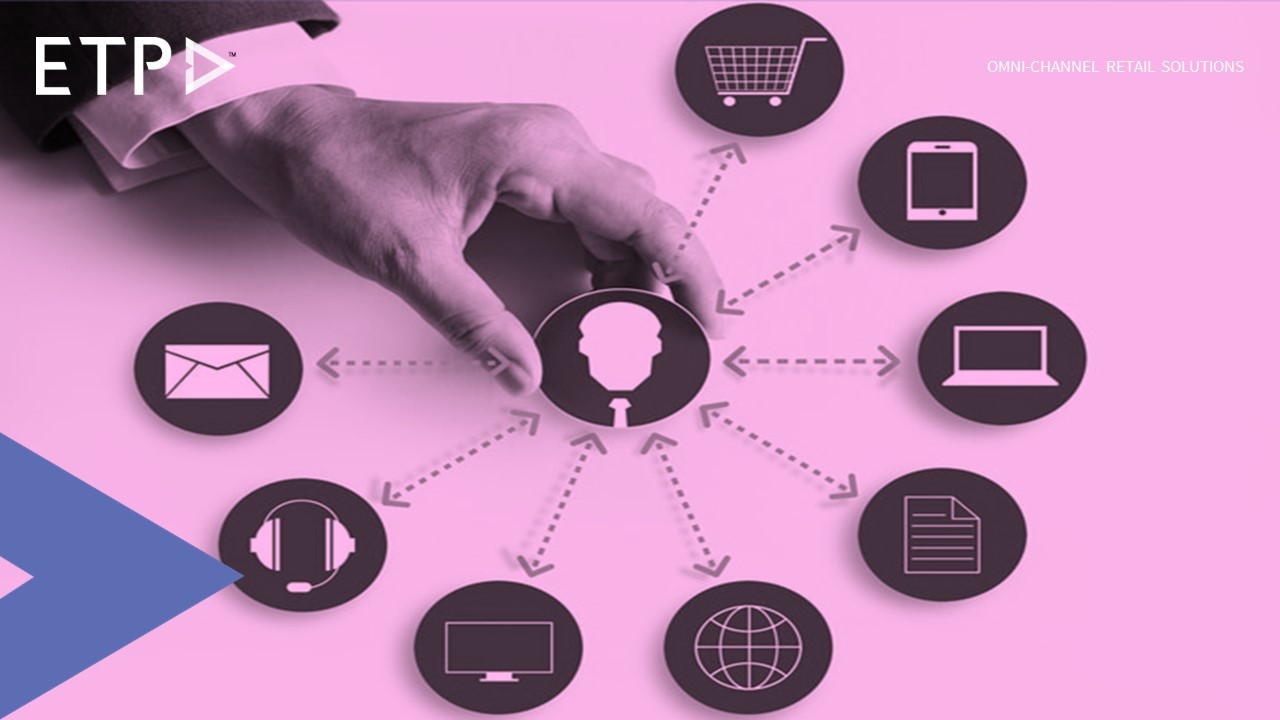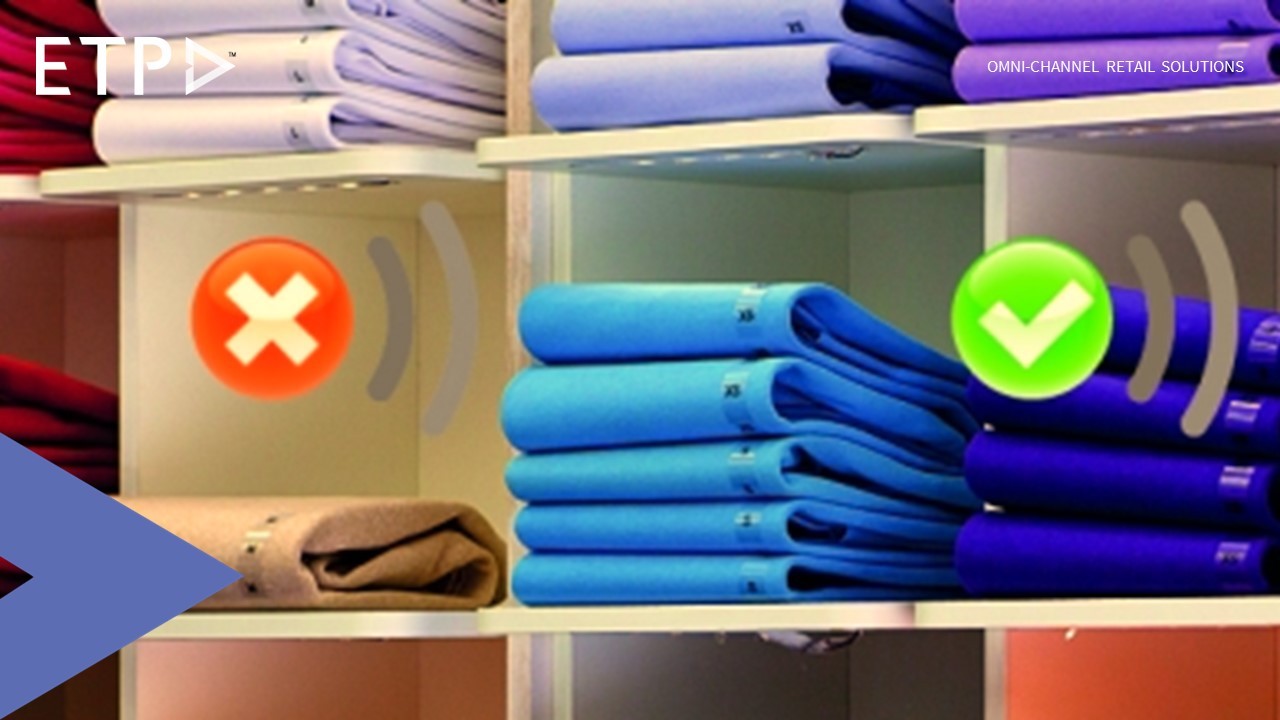Black Friday, the day after Thanksgiving in the United States, generally kicked off the holiday shopping season with crazy deals offered by retailers to get in more sales. But this year the story seems to be different. This past weekend, on November 11, or Singles’ Day, as it is popularly known in mainland China, got the global headlines gaga about it, setting a new start for the crazy shopping frenzy.
Before looking into what really happened, a brief privy about Singles’ day.
Chinese Singles’ Day or Guanggun Jie is a festival widespread among young Mainland Chinese people who celebrate the fact that they are proud of being single. The 11th day of November (11/11), is chosen because the number “1” resembles an individual that is single. As the day started getting popular, once a celebration for China’s singles, Singles’ Day has turned to be a 24 hour shopping extravaganza.

So how did Singles’ Day 2017 create history?
This year, the sales on Singles’ Day was more than 3 times the combined sales for Black Friday and Cyber Monday 2016 of US$6.79 billion in the United States, resulting this festival being the largest offline and online shopping day in the world thanks to Alibaba, the Chinese e-Commerce giant now rivaling Amazon, doing sales 168.2 billion yuan (approx. US$25.3 billion). Looking at the previous years, Alibaba’s sites Tmall and Taobao garnered sales of US$5.8 billion in 2013, US$9.3 billion in 2014, US$14.3 billion in 2015, and US$17.8 billion in 2016. Thus, this year’s sales of above US$25 billion has broken the previous year’s record.
While the US$25.4 billion worth of sales can be etched into record books, Alibaba also set a world record for payment transactions. Its mobile wallet app Alipay processed 256,000 payment transactions per second in 2017 taking the tally of the transactions processed by Alipay in the entire 24 hours to 1.48 billion. And that is not it, the delivery orders through Cainiao – Alibaba’s logistics affiliate reached close to 700 million, breaking 2016’s record.
Alibaba said that it had turned 100,000 physical shops around China into “smart stores” for this year’s event and via these pop-up smart stores and in-store technology, Alibaba and the retail brands helped drive online traffic to brick-and-mortar stores, further erasing the boundaries between the two channels.
While all that happened in China, the Singles’ Day online shopping craze picked up in some of the Southeast Asian countries like Singapore too, where Singles’ Day is still a relatively new thing. Lazada, the Southeast Asian online retailer owned by Alibaba, sold US$123 million of merchandise, a 171 per cent increase over the previous year. Shoppers in Singapore, Malaysia, Thailand, Indonesia, the Philippines and Vietnam ordered 6.5 million items, 191 per cent or nearly double that of last year.
4 important learnings from the Singles’ Day 2017 shopping event:
- Omni-channel retailing is the real deal when it comes to breaking sales records in a single day eclipsing previous years’ sales, as Alibaba and participating retail brands used both physical and online channels to help consumers make the most of the festival
- Promotions with the right messaging and at the right time can boost sales, as Alibaba started promotions 3 weeks before the event with a motto that resembles the sort of greetings, Chinese across the world exchange at the Lunar New Year
- Customer engagement is key to make success of a shopping day as Alibaba engaged with its customers not only before the event through promotions but also offered its most-loyal customers and viewers a gala that featured international and Chinese stars
- Mobile is a very important shopping channel for the success of shopping events, as Alibaba said that 90% of their sales were made on mobile and over 70% of orders on Lazada were placed from mobile devices
What’s in it for Indian retailers?
The above mentioned learnings are definitely worth analyzing and applying in the Indian retail market, especially during festival shopping events and one day this will help the shopping event(s) in India eclipse the likes of Black Friday and Singles’ Day and grab international headlines. Another thought to ponder is, should Indian retailers look at Singles’ Day as an opportunity and a reason to boost their sales?


